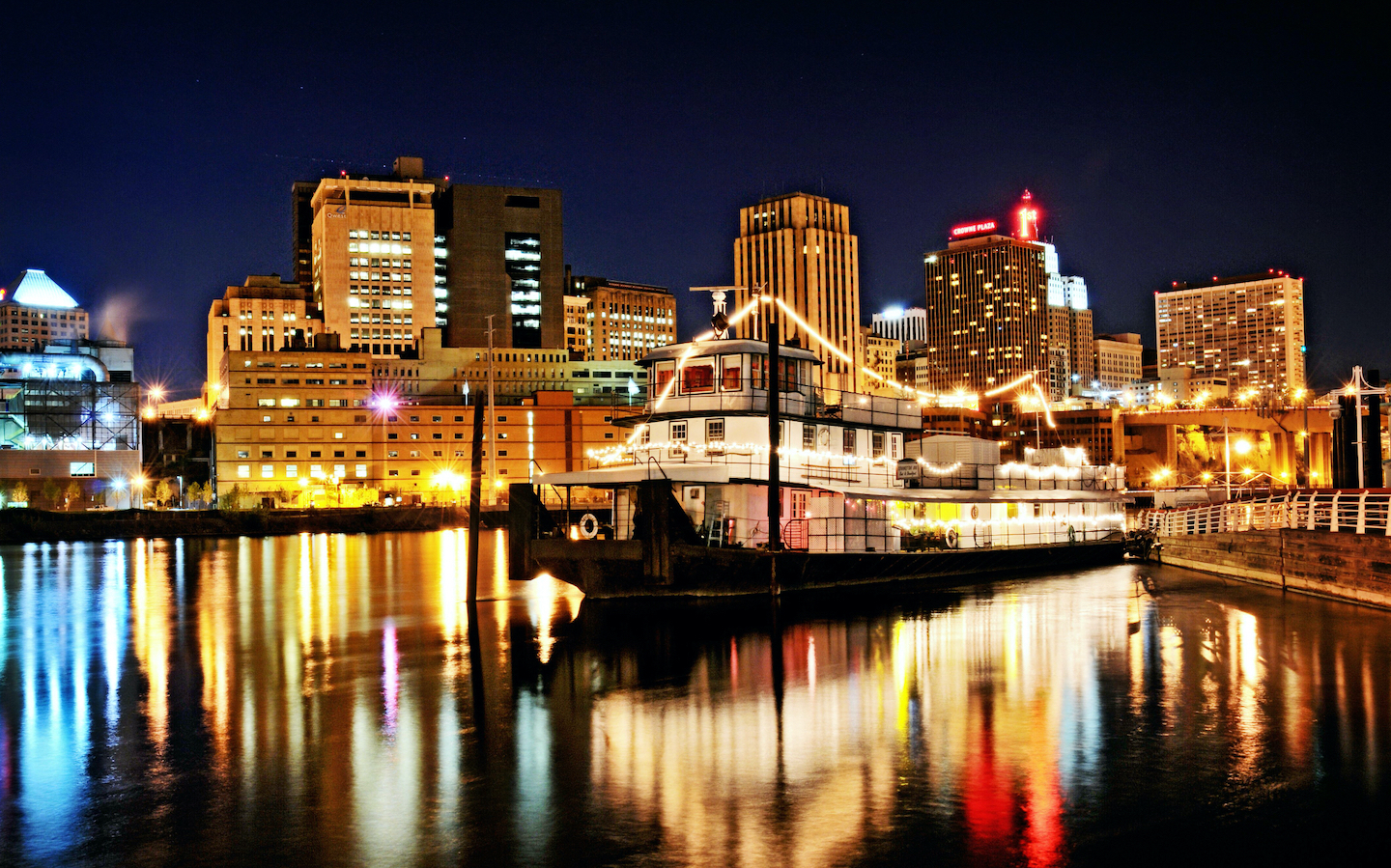The Ford Site's zoning and public realm concepts embrace sustainability in many ways. Here are some examples:
- A transportation system designed to encourage more walking, biking and transit use.
- A district energy system for the site, based heavily on renewable energy sources. The City of Saint Paul and partners have completed several studies to explore a future energy system for the site, in cooperation with consultants, local partners, utilities and Ford.
- Plentiful bike parking, electric vehicle charging ports, and car share spaces.
- Encouraging roof design that can support solar, green roofs, or at a minimum, that uses light colored roof materials to reduce summer heat absorption, thereby reducing cooling needs.
- “Night Sky”-compliant, LED lighting to reduce light pollution and save energy and money.
- Landscaping to re-vegetate the site with trees, native plants, pollinators, grasses, drought resistant plants to reduce water use, and winter interest plants.
- The site should allow for economic sustainability. Increased density means more opportunities for green and open space and an increased City tax base.
- The City expects and will encourage builders at the site to use the best technologies in building design to increase efficiency, reduce energy demand, and lower utility expenses.
Related studies
Aquifer Thermal Energy Storage (ATES) Feasibility Study (2016)
Integration of Rooftop Photovoltaic Systems in Saint Paul Ford Site’s Redevelopment Plans (2016)
Sustainable Stormwater Management Study (2016)
Sustainable Ford Site Redevelopment – A LEED-ND Evaluation (2016)
Saint Paul Ford Site Energy Study Report (2015)
The Roadmap to Sustainability for the Saint Paul Ford Site (2011)
Sustainable Stormwater Feasibility Report (2009)
